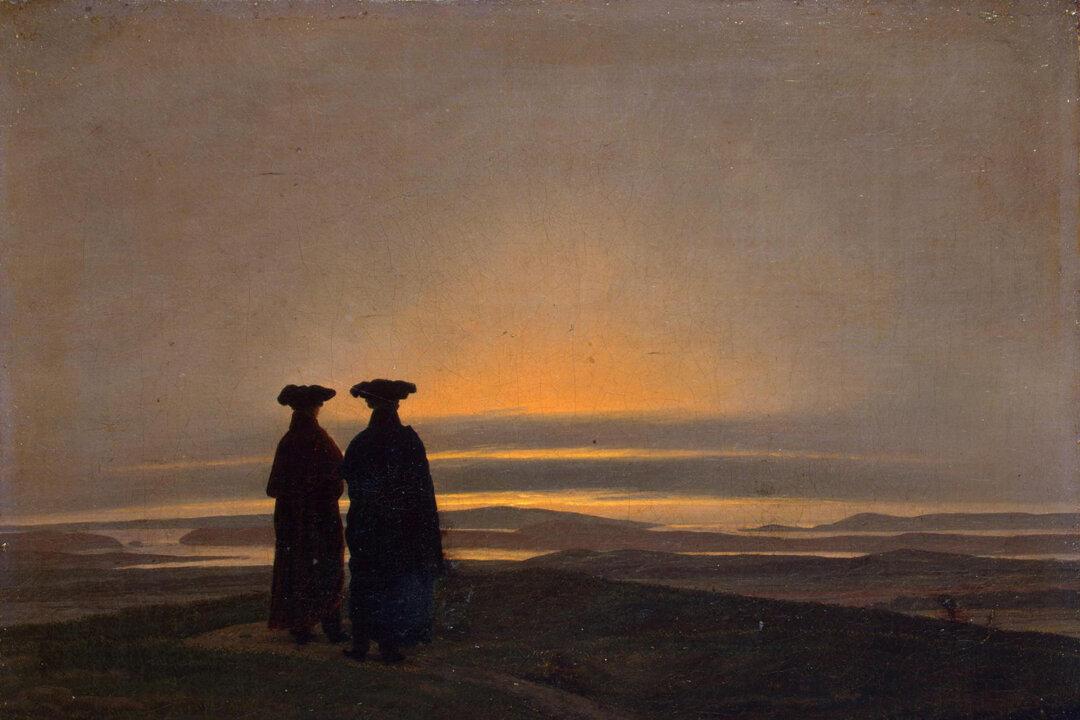It’s the summer of 1964. A retired university professor, Alessandro Giuliani, and a young factory worker, Nicolò, set out to walk 70 kilometers (about 44 miles) from Rome to the village of Monte Prato. Along the way, musing on his rich and tragic past, Alessandro shares some of his memories and what he has learned with his illiterate and naïve companion. He revisits his privileged youth in a loving family, his university studies in beauty and art, the horrors and hammer blows he experienced in World War I, and his love for the woman Ariane and their son, both now gone to the grave.
This is a barebones sketch of Mark Helprin’s mountain of a novel “A Soldier of the Great War.” Readers who ascend this peak of print and paper receive the reward of a finely told and moving story of a man of great character swept up in the chaos of the 20th century, a septuagenarian who by dint of his intelligence and powers of observation offers his new friend the education of a lifetime.






